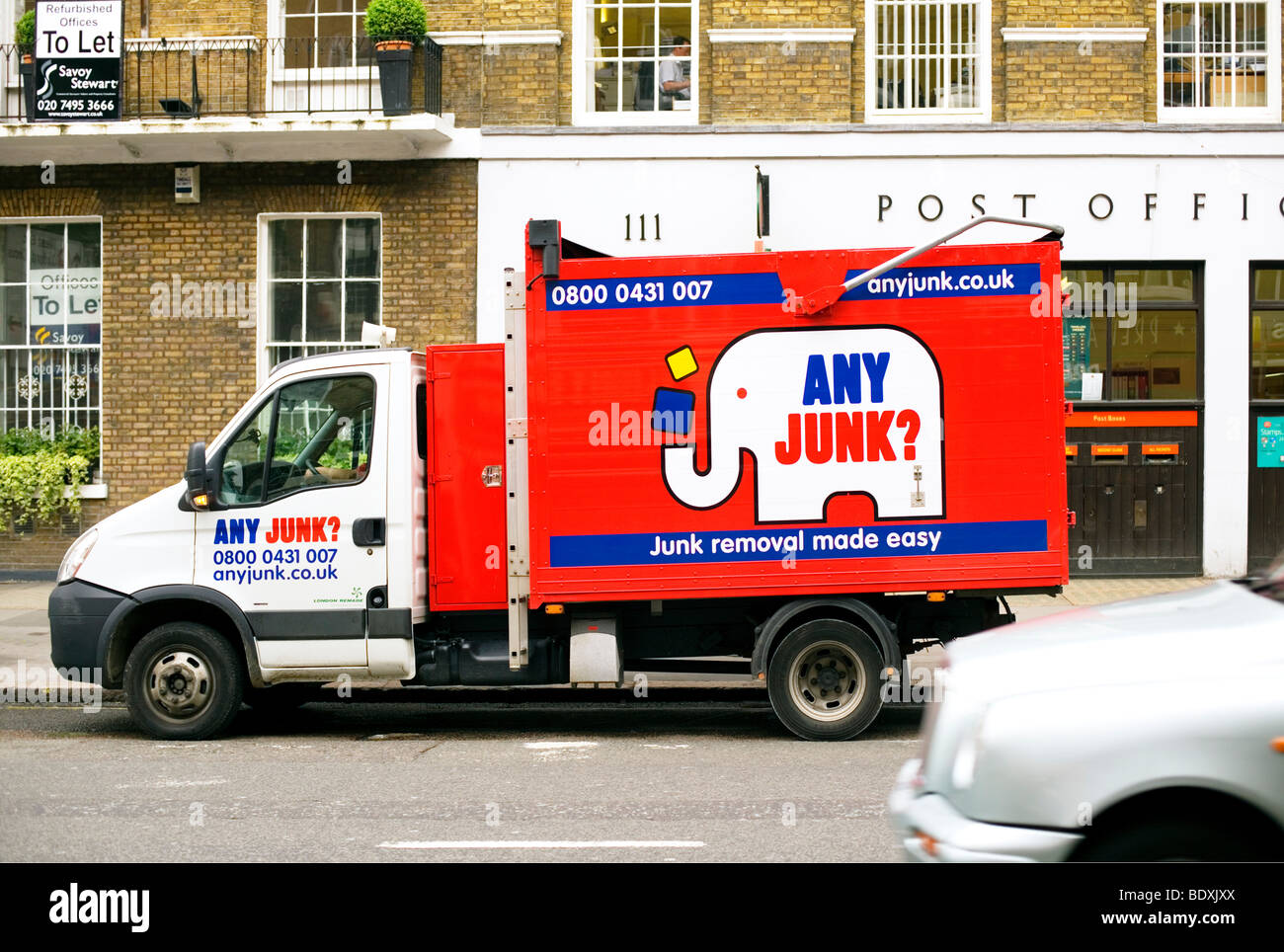The Ultimate Overview To Choosing The Appropriate Dumpster Dimension For Your Job
The Ultimate Overview To Choosing The Appropriate Dumpster Dimension For Your Job
Blog Article
Write-Up Written By-Finnegan Duckworth
When starting a project that requires a dumpster, the size you choose can considerably affect its effectiveness and cost-effectiveness. Imagine having https://notes.io/w44dR that suits all your waste without being excessively huge or too little. Read Far more of it beginnings with recognizing the subtleties of your job and choosing a dumpster dimension that lines up with your particular requirements. So, before you decide, consider the variables at play to make certain a seamless waste monitoring procedure throughout.
Elements to Take into consideration
When choosing the ideal dumpster dimension, there are several crucial variables to consider.
First, consider the type of waste you'll be disposing of. Various materials may require differing quantities of area, so recognizing what you'll be placing in the dumpster is crucial.
Next off, evaluate simply click the up coming document of waste you expect to create. If you ignore the quantity, you might need to make multiple journeys to deal with every little thing, which can be bothersome and expensive. On the other hand, renting out a dumpster that's as well large can result in unnecessary costs.
Additionally, think about the space where the dumpster will be put. Make certain there's enough space for the dumpster to be delivered and picked up with no blockages.
Lastly, think about any type of weight constraints that might apply. Going beyond the weight limit can result in additional fees and even the rejection of service.
Dumpster Size Alternatives
For selecting the ideal dumpster dimension, it's necessary to have a mutual understanding of the offered options. Dumpster dimensions usually range from 10 to 40 cubic yards, with variants in between.
A 10-yard dumpster is suitable for small jobs like a garage cleanout or a tiny remodelling. If you're tackling a medium-sized job such as a kitchen area remodel or a basement cleanout, a 20-yard dumpster may be the right option.
For bigger tasks like a whole-house remodelling or business construction, a 30 or 40-yard dumpster could be preferable to suit the volume of waste created.
When picking a dumpster size, take into consideration the quantity and kind of particles you anticipate to deal with. It's far better to pick a somewhat bigger size if you're unclear to avoid overfilling. Bear in mind, it's more economical to lease a dumpster that fits your requirements rather than having to purchase an extra one.
Matching Size to Project
Ideally matching the dumpster size to your project is critical for reliable waste monitoring. To identify the best size, think about the range and nature of your task.
For small house cleanouts or remodellings, a 10-yard dumpster may be enough. These are normally 12 feet long and can hold around 4 pickup truck lots of waste.
For bigger projects like renovating several spaces or cleaning out a huge estate, a 20-yard dumpster might be better. These are around 22 feet long and can hold about 8 pickup truck loads.
If you're taking on a significant building and construction task or industrial restoration, a 30-yard dumpster could be the very best fit. These dumpsters are about 22 feet long and can fit concerning 12 pickup truck tons of particles.
Matching the dumpster dimension to your project ensures you have sufficient space for all waste products without paying too much for unused capacity.
Verdict
In conclusion, selecting the ideal dumpster size for your task is essential for reliable waste disposal. By thinking about aspects like the type and amount of waste, area schedule, weight constraints, and budget restraints, you can guarantee you have the suitable size dumpster for your needs. Ensure to match the dimension of the dumpster to the range and nature of your project to avoid overspending on unneeded expenditures.
